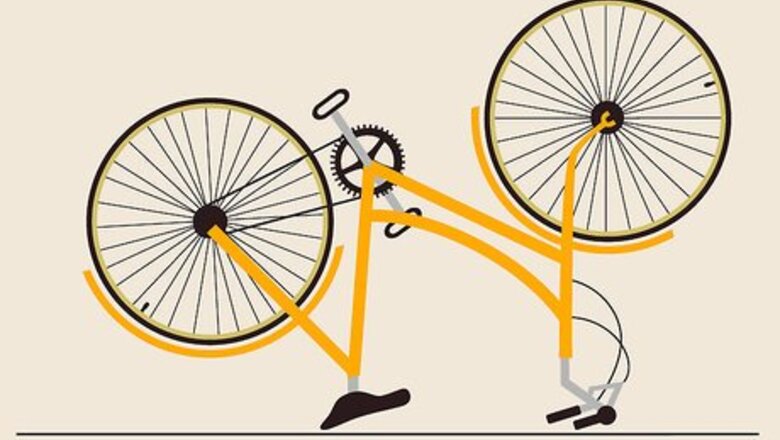
views
Removing the Wheel from the Bike
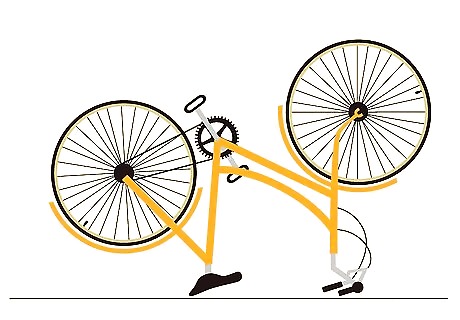
Shift down and hang the bike from a tree or work stand to work on it. Make sure that you shift down to the most outside gear before turning the bike upside down. If you have access to one, use a bike stand that holds the bicycle upright. If not, turn the bike upside down. Don’t turn the bike on its side since this will force you to work against gravity and make your job harder. Tip: Take a picture of the gears, chain, and derailleur so that you will have a reference for when you put everything back together.

Disengage the brakes if they get in the way of removing the wheel. Different brake types have different brake release mechanisms, so refer to your instruction manual or the website of the bike or brake manufacturer. In many cases, you’ll simply have to unlatch a quick release located on either the brake calipers or the brake lever on the handlebars. Or, you may need to squeeze the brake calipers together in order to detach the brake cable from them. You won’t need to disengage the brakes if they are disc brakes. If the bike has hydraulic disc brakes, do not squeeze the lever while the wheel is out.
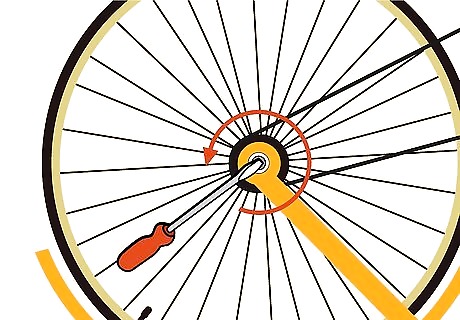
Loosen the nuts that attach the wheel axle to the bike. You don’t need to remove the nuts completely, just loosen them enough that the wheel can (a few steps from now) be pulled free. If the nuts don’t want to budge when you use a wrench on them, apply a lubricant like silicone spray or even cooking spray. If you have a modern bike with quick-release wheel latches, taking the wheel off will be even easier — just open the latch and loosen the nut by turning it a few times so it can clear the frame. Don’t remove the wheel yet.
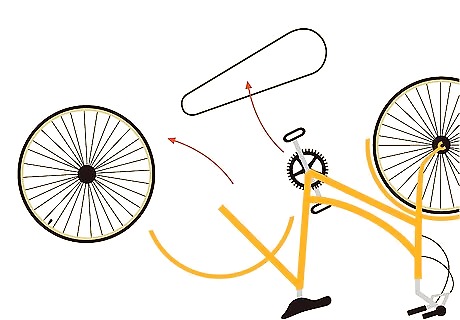
Pull the chain clear of the gear discs if you’re removing the rear wheel. With enough practice you won’t have to move the chain to do this, but you may need to at first. Shift gears so that the chain is on the outermost gear on the rear wheel and the innermost gear on the pedal spindle — this gives the chain more slack to work with. Pull back on the rear derailleur (the mechanism that guides the chain into place when shifting) so that the chain pulls clear of the cogs of the gear discs. In a pinch, you can patch a punctured bike tube without removing the entire wheel — although it makes the actual patching job more difficult — but you have to remove the wheel to replace the tube.
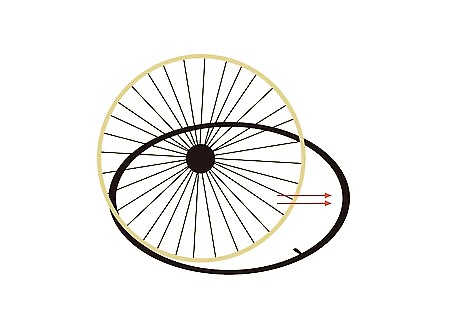
Pull the wheel clear of the bike frame. For the front wheel, you simply have to guide the wheel axle — now that the nuts or quick-release are loose — out of the fork that holds it to the bike frame. You do the same for the rear wheel, but you need to more carefully guide the wheel down and forward (if the bike is upright) past the chain and other obstructions. Keep pulling back on the rear derailleur to help move the chain out of the way.
Pulling out the Old Tube
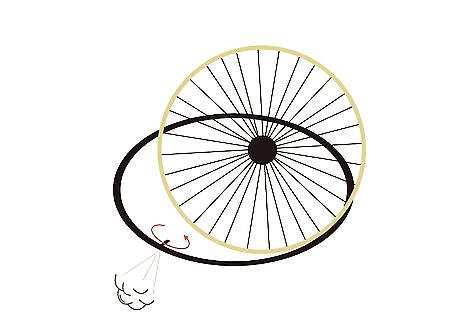
Deflate the tire fully while it’s still on the removed wheel. For a Schrader (American) style valve, use a small tool (like a thin Allen wrench) to depress the plunger inside the threaded cylinder. For a Presta valve, unscrew the top part of the stem to release the air. With a Dunlop valve, loosen the cap a few turns and then pull on the valve tip. Schrader valves are the same type found on car tires. Presta valves are thinner and longer than Schraders, and have a locknut at the tip. Dunlop valves are thinner than Schraders and thicker than Prestas, and threaded only near the top. If your wheel has a lock ring that screws onto the valve stem to hold it to the bike rim, remove it after deflating the tube — but don’t lose it!

Pry out a section of the outer tire with two simple levers. If possible, avoid metal tools and use a plastic tire lever instead. Feed one lever between the outer tire and wheel rim, and pop out a section of tire — instead of sitting in a channel on the inside of the rim, it should now be off the rim in this spot. Leave this tire lever in place. To reduce the risk of damage to your wheel frame, buy a set of inexpensive bike tire levers for the job — you can get them at any bike shop or online. A pair of spoon handles or flathead screwdrivers will work as levers, but you have to insert and pry with them carefully so you don’t scratch up or bend your wheel frame.
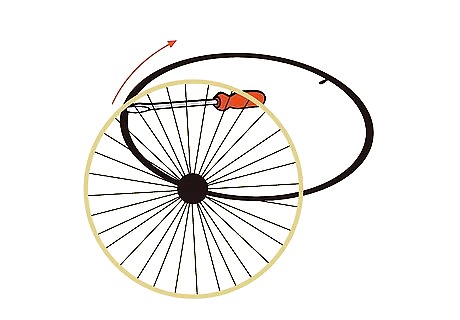
Pop out the rest of the tire from the wheel rim. Stick the other tire lever into the gap between the rim and tire created by the first lever (which should still be in place). Slide this second lever all the way around the rim, and the outer tire should pop out of the channel as if you’re unzipping your coat.
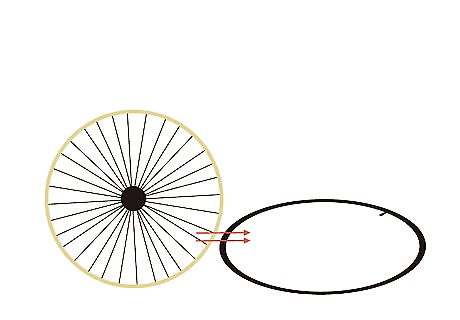
Pull the tube out from between the outer tire and wheel rim. Reach into the opening you’ve created with the levers and grab onto the rubber tube inside. Work your way around the wheel and pull it out completely. When you get to the valve stem, push it down through the rim and pull it free with the tube.
Installing the New Tube

Pump up the replacement tube just until it has a basic circular shape. Adding too much air now will make it harder to reinstall. Adding too little will make it more likely to get pinched (and eventually punctured) by the outer tire when you reinstall it. If you’re replacing the old tube due to a puncture, check the inside of the outer tire for sharp objects and holes larger than 0.25 in (0.64 cm), which will mean you need to replace the whole tire. Use a flashlight for a visual inspection, and/or run a thick cloth around the entire inside. Carefully remove anything you find. Do this before you move on to installing the new tube, or you may just end up with another flat tire!
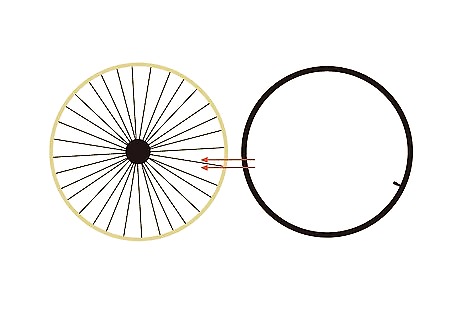
Feed the new tube between the outer tire and wheel rim. Start at the valve stem and feed it through the hole in the rim. If the valve stem has a lock ring, tighten it by hand to secure the stem in place. Then, methodically push the new tube into the gap all the away around the wheel. Take your time to make sure the tube is not twisted or sticking out anywhere.
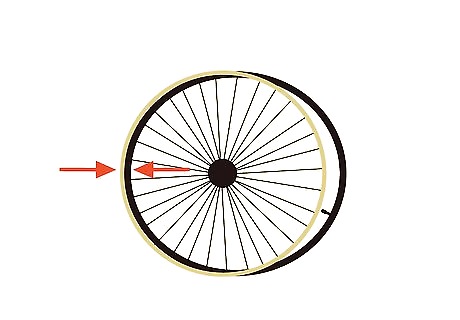
Work the tire back onto the inner rim of the wheel frame. Once the new tube is in place, use your hands to push one section of the tire at a time back into the channel on the inside of the wheel rim. Tug on the tire with one hand while pushing with the other if necessary. You may also use a set of plastic tire levers for this part if you are unable to do it by hand. However, be careful not to puncture the tube with the levers.

Fill the new tube with air to the recommended tire pressure. Look on the outer tire for the recommended pressure in psi (pounds per square inch), bars, or kilopascals. Use a pressure gauge to check your work. An improperly inflated tire is more likely to puncture.
Reattaching the Wheel
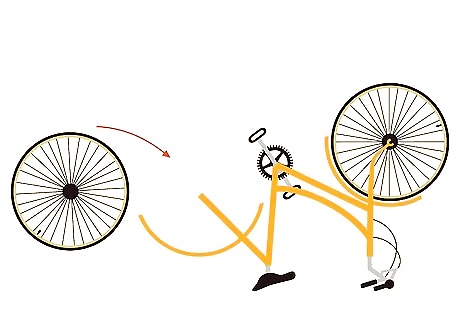
Follow the same procedure you used to remove the wheel, only in reverse. If you can remove a bike wheel successfully, you can attach one just as easily.
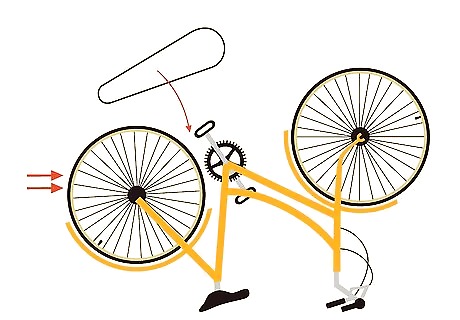
Guide the wheel onto the fork on the bike frame. This is very simple for the front wheel. If you’re putting the back wheel on, pull back on the derailleur to clear the chain from the gear discs. Then, while continuing to pull on the derailleur, carefully guide the wheel into place.
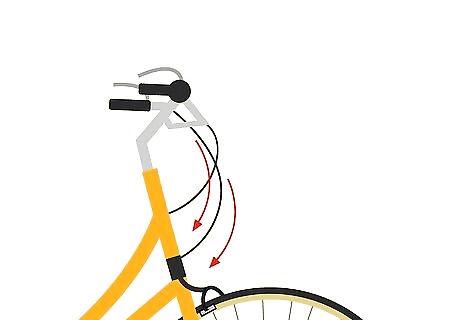
Re-engage the brakes. Close the latch on the brake calipers or the brake handle, if your brakes have a quick release. Or, squeeze the calipers together and feed the brake cable back into place. Refer to your instruction manual or the manufacturer’s website for specific guidance for your brand.
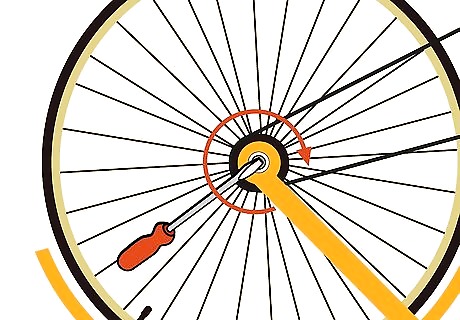
Tighten the nuts to secure the wheel in place. Use a wrench to make sure the nuts are snug and secure. Don’t try to tighten them so much that you “round off” the nuts, however, or they will be difficult to remove in the future. If your bike has a quick release mechanism for the wheels, just close the latch to secure your wheel. Now you’re ready to go for a ride!



















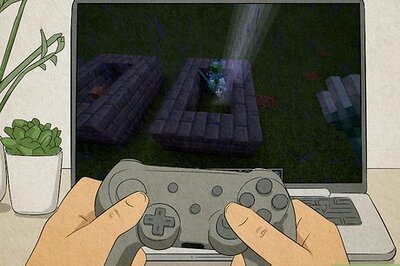
Comments
0 comment